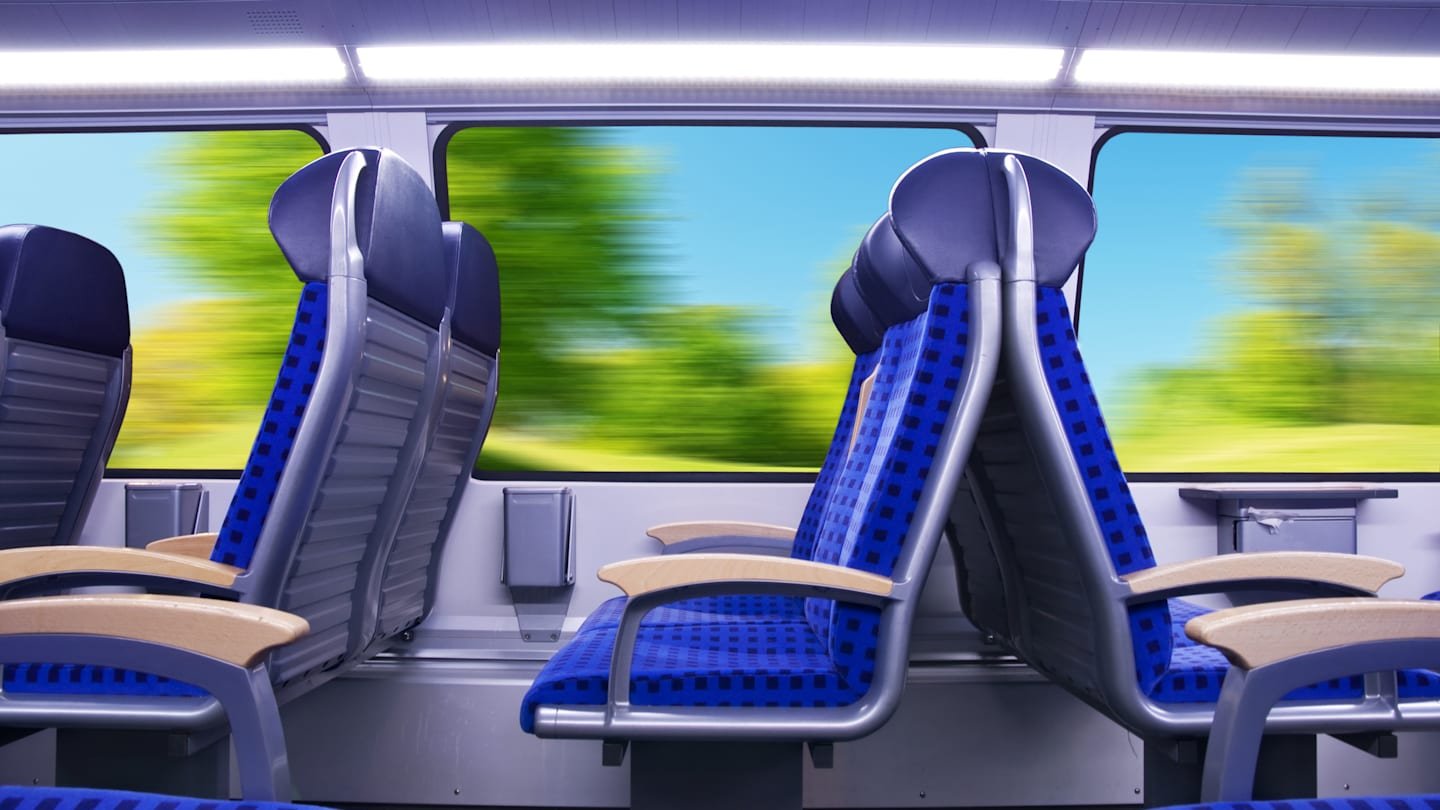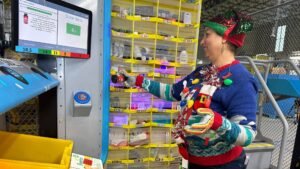
The Surprising Reason Why Trains Don’t Have Seat Belts
With the notable exception of roller coasters, railed vehicles – of AmtrakFrom the California Zephyr to Japan’s Shinkansen bullet trains – they don’t come with built-in seat belts. However, every time there is a major train accident, the newspaper headlines ask the same question: Why not?
After all, most other vehicles are high-speed You have seat belts. In cars they are reduces Front-seat passenger deaths increased by 45 percent and serious injuries increased by 50 percent, according to the National Safety Council Save An estimated 374,276 people lived between 1975 and 2017 in the United States alone. Planes have seat belts for safety as well; It is the most effective way to prevent occupant injuries caused by Disorder.
But only because seat belts are made Cars and Planes are safer Doesn’t mean they’ll do the same for you Trainswhich are designed differently, move differently, and most importantly, seat their passengers differently.
Fortunately, train accidents are rare
Studies conducted on the potential effects of installing seat belts on trains have concluded that the disadvantages outweigh the advantages.
First of all, the researchers found that the risks of train travel are too low to make installing seat belts a worthwhile investment. Although incidents like the 2015 Philadelphia train derailment, which killed eight people and injured 200, are tragic, they are also statistically rare.
You may also like:
Add the mental thread as Favorite news source!
number Motor vehicle-related deaths This number is believed to be ten times greater than the number of deaths associated with public transport, which includes not only trains, but also buses, trams, subways and other means of transport. The discrepancy is even greater for injuries: in 2023, there were estimates 6542 Rail-related injuries in the United States, while the National Highway Traffic Safety Administration reported a higher number of non-fatal road accidents 2.44 million. With such data, transport safety expert Stephen Harrod He said New York Times In 2015, seat belts on trains did not “add a statistically relevant level of protection.”
Installing seat belts on trains would also be impractical. like New York Times He explained that the simplest and cheapest option, the two-point waist belt used on planes, would not adequately protect passengers on trains, which move side to side as well as forward and backward. The safer three-point seat belts, like those found in most cars, cannot be easily installed on existing train seats, so the entire internal infrastructure of the train car must be replaced.

There are other impractical matters worth considering. Many trains are designed to have standing space for passengers, meaning there is no way to provide seat belts for every passenger without significantly reducing their carrying capacity. But even if seat belts were installed from the first car to the last, there is no direct way to ensure that passengers actually use them. Trains may also be delayed as passengers take extra time to unbuckle.
A safety measure that cannot be measured
Last but not least, seat belts may make train travel more dangerous, not less dangerous. If trains are updated with stiffer seats and seat belts, a a report The National Academies’ Transportation Research Board published in 2007 warned that passengers not wearing seat belts could “become projectiles” and crash into the seats in front of them, as can passengers wearing seat belts. A a report of the UK Railway Safety and Standards Board came to a similar conclusion, predicting that rigid seats and seatbelts, while reducing the risk of injury for those who used them, would actually increase the risk for those who did not use them.
There are more reliable ways to improve train safety. Instead of seat belts Experts argueBusinesses and governments should invest in technologies such as positive train control and advanced obstacle detection, which are automated systems that monitor traffic and track conditions. They say the best way to keep trains safe is to focus on what happens outside the train, not inside.













Post Comment